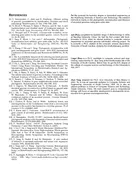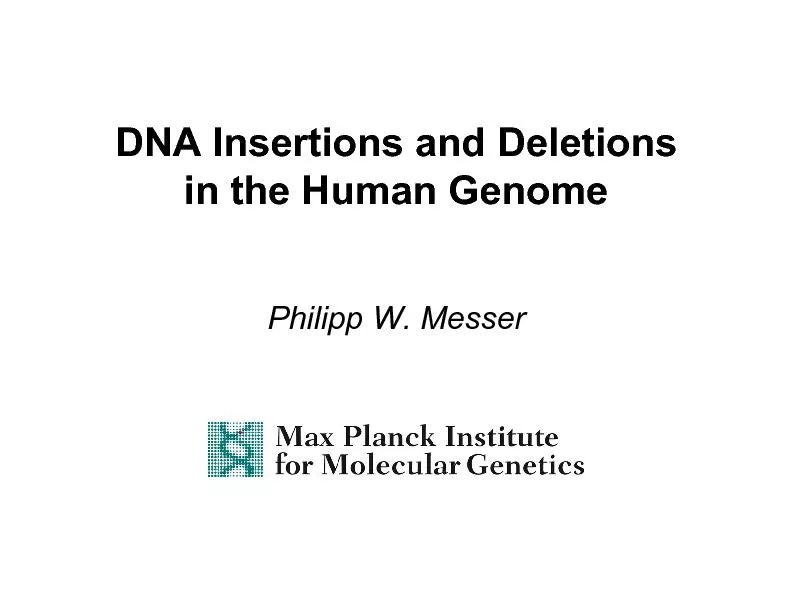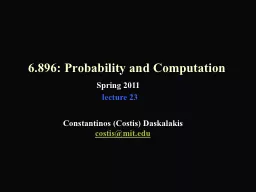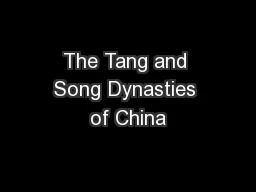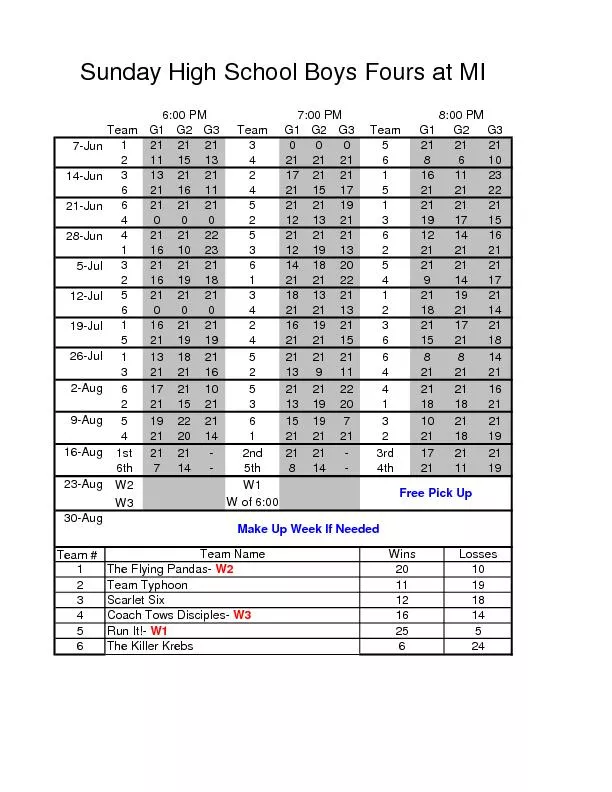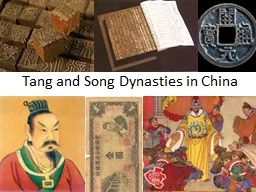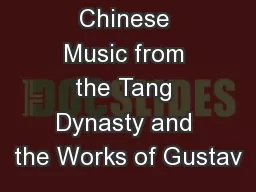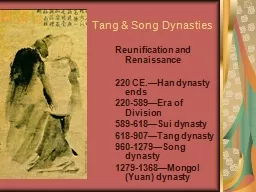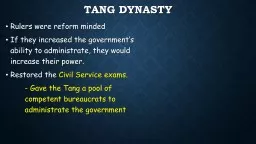PDF-Probabilistic Reconstruction of Ancestral Gene Orders with Insertions and Deletions Fei
Author : celsa-spraggs | Published Date : 2015-02-01
Inferring the gene order of an extinct species has a wide range of applications including the potential to reve al more detailed evolutionary histories to determine
Presentation Embed Code
Download Presentation
Download Presentation The PPT/PDF document "Probabilistic Reconstruction of Ancestra..." is the property of its rightful owner. Permission is granted to download and print the materials on this website for personal, non-commercial use only, and to display it on your personal computer provided you do not modify the materials and that you retain all copyright notices contained in the materials. By downloading content from our website, you accept the terms of this agreement.
Probabilistic Reconstruction of Ancestral Gene Orders with Insertions and Deletions Fei: Transcript
Download Rules Of Document
"Probabilistic Reconstruction of Ancestral Gene Orders with Insertions and Deletions Fei"The content belongs to its owner. You may download and print it for personal use, without modification, and keep all copyright notices. By downloading, you agree to these terms.
Related Documents

